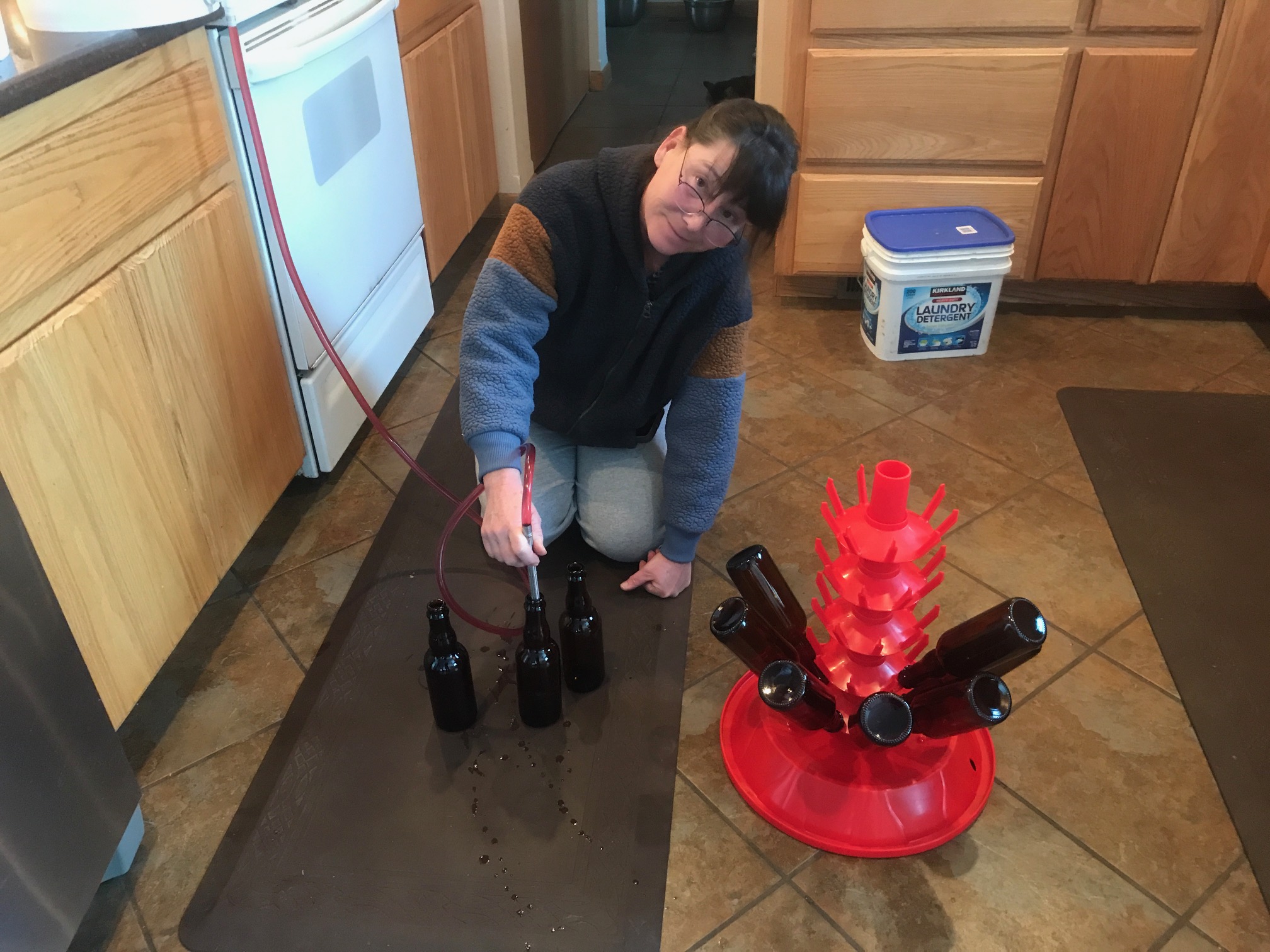From the number of responses, you can see that your little project is certainly keeping us interested and entertained.
I am a bit of a purist and the idea of bottle conditioning/carbonation appeals to me especially as I tend to make in one gallon lots. Having said that, I am not too much of a purist since I use sulphite, pectinase, DAP, bought yeast etc and I must say that kegging does have its attractions.
Back to your bottle bomb issue... bottle conditioning and heat pasteurising does take things close to a few limits, but it can be managed if you have your head around what these limits are. There are three issues that might have gone pear shaped for you.
1. In the Pappers (and JimRausch) methods, the heat is turned OFF when the bottles are put in the bath. This causes the bath to cool down as the bottles heat up and equilibrium temperature is reached. As outlined above (Wednesday) the ideal equilibrium temperature is about 70C. At this temperature the bottle pressure with 2.5 volumes of CO2 would be around 125 psi, but at 80C it would be closer to 160 psi. Pressure increases exponentially with temperature. Slightly higher carbonation and temperature would get you to around 200psi or higher which is getting into bottle bomb territory (see Andrew Lea's
www.cider.org.uk/carbonation_table.xls).
2. Glass is a funny animal. It can stand quite high stresses for a short while before it breaks. The stresses eventually concentrate at "weak points" (corners, flaws, etc) until they cause failure. So minimising the time that the glass is stressed (i.e. pasteurise during cool down rather than maintain a high temperature for too long) helps avoid this problem. It sounds as though you had the bottles in the water for 45 minutes while it heated up, so they may have been subjected to stress from internal pressure for quite a while. Something in the order of 100 PUs (pasteurisation units) can be produced as the bottles are cooling down from 70C to below 60C. As cider only needs 50PUs, it is actually quite difficult to "under pasteurise", so a really high starting pasteurising temperature isn't needed and "over pasteurising" doesn't appear to affect the flavour of the cider, it is only overheating or cooking it that has an effect, and from my experience 70C doesn't go anywhere near causing this sort of issue..
3. Most "standards" require ordinary 12 fl oz bottles to withstand around 250 psi. However testing for this involves sampling from a production batch and if the samples pass the test, so the batch passes. In practice the spread of pressure resistance in a batch can be quite high due to flaws and variances in the production process with a worst case bottle withstanding much less than the test level. Of course if the worst case bottle doesn't get selected for testing the batch goes into production and the under-spec bottle can potentially end up with us. So, it is prudent to use a heat pasteurising method that doesn't generate more than say, 125psi which should accommodate a "worst case bottle" and can be achieve with 2.5 vols of carbonation at 70C.
You are not "Robinson Crusoe" (i.e. by yourself). I have had a similar situation to yours where a bottle "went off", and although I didn't have temperature etc figures on that occasion, as it was my first attempt at heat pasteurisation, the bottles had been in for a long time and the heat was still on. I guess we learn (quickly) from our mistakes.






































![Craft A Brew - Safale S-04 Dry Yeast - Fermentis - English Ale Dry Yeast - For English and American Ales and Hard Apple Ciders - Ingredients for Home Brewing - Beer Making Supplies - [1 Pack]](https://m.media-amazon.com/images/I/41fVGNh6JfL._SL500_.jpg)






















